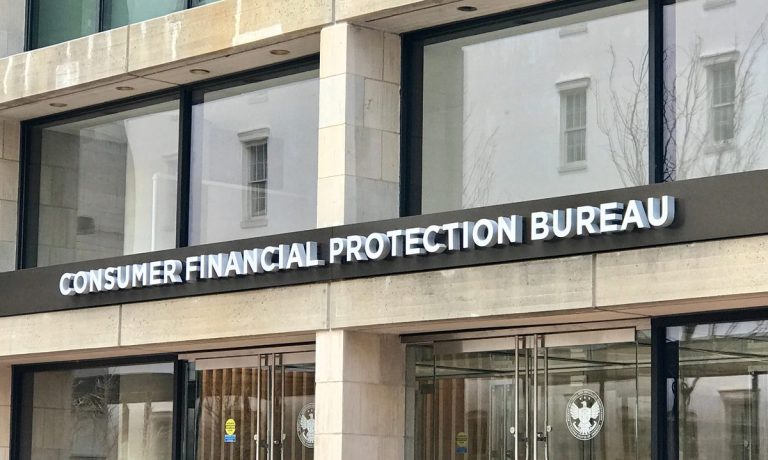
The Consumer Financial Protection Bureau (CFPB) announced yesterday, April 25, 2022, that it will start using a largely unused legal provision to examine nonbank financial companies, FinTechs, that pose risks to consumers.
According to the Bureau, this dormant authority will help protect consumers and level the playing field between banks and nonbanks.
“Given the rapid growth of consumer offerings by nonbanks, the CFPB is now utilizing a dormant authority to hold nonbanks to the same standards that banks are held to,” said CFPB Director Rohit Chopra.
Under the Dodd-Frank Act, the CFPB can supervise “nonbanks whose activities the bureau has a reasonable cause to determine pose risks to consumers.” This authority is not specific to any particular consumer financial product or service. The CFPB already implemented this provision through a procedural rule in 2013, and while it hasn’t used it yet, this may now change. The Bureau argues that this rule will allow it to be “agile” and supervise entities that may be fast-growing.
For the Bureau, this rule is more procedural than substantive, as section 1024(a) of the Dodd-Frank Act already grants the CFPB this authority to supervise nonbanks of any size and the new rule does not impose on them any new requirement. However, some commentators on the original 2013 rule argued that the then-proposed rule asserted an “extremely broad grant of jurisdiction.”
This supervisory authority allows the CFPB to investigate a company, and it provides the bureau with a wide range of options once the supervision is concluded. The CFPB can issue recommendations, the director of the bureau can also make determinations and relief is also available in a civil action or administrative adjudication.
In addition to the announcement, the CFPB also issued yesterday a procedural rule that would complement the first one. The proposed rule would allow the CFPB to publish certain information about any final determination made using its supervisory powers. Otherwise, the findings and decisions made would need to be kept confidential.
Read Also: CFPB’s New Procedural Rules May Be a Game-Changer
The CFPB’s decision to start using this dormant authority may also be part of the bureau’s plan to use other procedural rules to expedite investigations. As PYMNTS reported, recent changes to procedural rules adopted by the CFPB in February may offer some advantages to the agency and its director.
The new procedural rules adopted in February established a clear pathway to use enforcement through administrative action and give more powers to the director of the bureau to rule on the merits of the case and not only on procedural issues.
The supervisory powers that the CFPB is planning to use may also go in the same direction. First, it allows the agency to conduct the investigation in-house and follow administrative adjudication when needed. Second, the director of the agency may also make determinations in the case, and third, under certain circumstances, the parties may waive the right to appeal a decision, expediting the final resolution of the case.
Read Also: The CFPB and BNPL: 3 Things to Watch
The CFPB sent in October and December two orders against Big Tech companies and Buy Now Pay Later providers to investigate the markets where they are involved. Interestingly, the orders were issued under Section 1022 (market-monitoring) — and it explicitly said that these were not supervisory orders under Section 1025 or 1026 — but there was no mention of section 1024, the rule that the agency is planning now to use.
Although the CFPB’s announcement won’t affect the ongoing investigations in these markets, it may suggest that for future investigations where the agency believes there may be a risk for consumers, the bureau could use either Section 1022 (market-monitoring) or Section 1024 (supervisory).